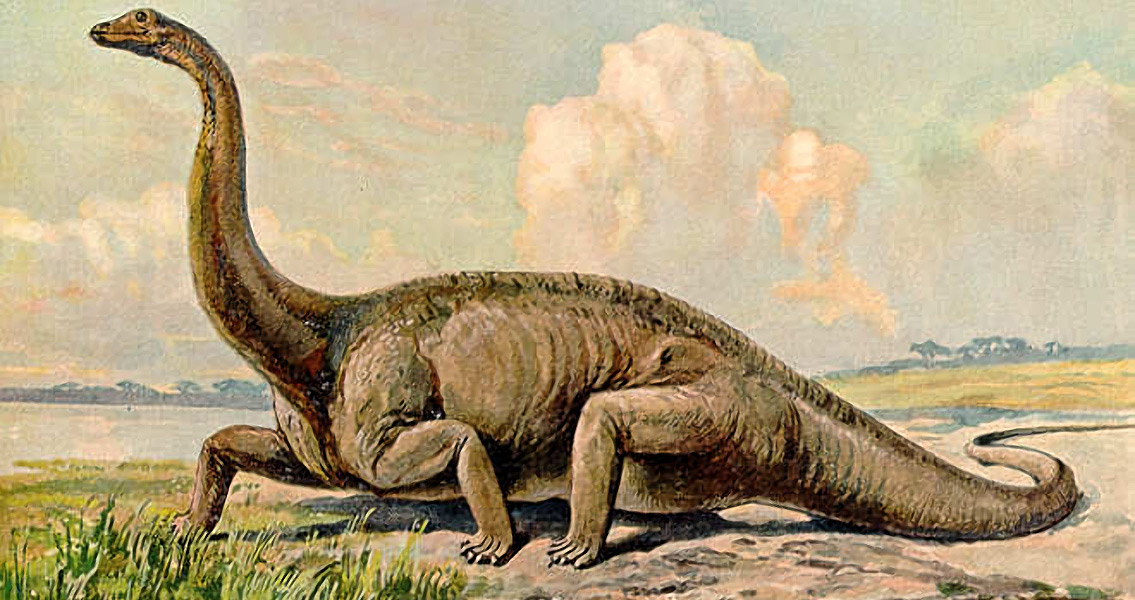<![CDATA[Wild climatic swings that made the tropics a hostile and unreliable place in terms of food supplies kept dinosaurs away from low latitudes for 30 million years, new research has suggested. The only dinosaur species that lived there during this period were small, carnivorous representatives of the group known as pseudosuchian archosaurs, the ancestors of today’s crocodiles and alligators. The research team, led by geochemist Jessica Whiteside from the University of Southampton, looked into the sedimentary rocks in the Chinle Formation at the Ghost Ranch in New Mexico. These rocks formed between 215 and 205 million years ago from rivers and streams running through that part of the then super-continent Pangaea. Because of their age and nature, these rocks store several kinds of evidence that were used in the study, including fossils, charcoal from wildfires, calcium carbonate nodules from what used to be soil those millions of years ago, and stable carbon isotopes in the organic matter, Heritage Daily reports. To begin with the fossils revealed that dinosaurs as a whole constituted no more than 15% of vertebrate animals that lived at these low latitudes at the time. What’s more, all of these were small carnivores, there was no trace whatsoever of the larger, long-necked plant-eaters that thrived at higher latitudes and were the dominant type of fauna there. The scientists also looked into fossilised pollen grains and fern spores, as well as organic matter left from decaying flora, and discovered that the plant availability varied sharply over the 30-million-year period. Further support for this finding came from analysis of the stable isotopes in the fossilised organic matter, which revealed significant changes in “plant productivity” over time. In other words, plant life was not consistently available for the species that needed large amounts of it, such as herbivorous dinosaurs. More evidence that the team studied came from charcoal remains from wildfires as well as calcium carbonate nodules, that allowed them to estimate how intense the fires were and to gauge the levels of CO2 from the ratio of stable isotopes in the nodules. What they found was that CO2 levels varied between 1,200 parts per million and 2,400 parts per million in the late Triassic – between 248 and 205 million years ago – which is four to six times higher than current levels. These levels of the chemical cause sharp and severe climatic changes. What’s more, the temperature of wildfires that occurred in tropical climates at the time varied significantly. The drier the climate became, the more plants died, the hotter the wildfires got to be, and thus even more plants died in them. This was accompanied by soil damage and erosion. The earliest dinosaur fossil found so far has been dated to 230 million years ago. Over a period of 15 million years, the species' diversity grew substantially and dinosaurs became the dominant fauna across what is now South America, Europe and Southern Africa. These places were characterised by a more stable environment, including moderate aridity and temperature swings, as well as consistently higher humidity. These conditions, unlike the extreme weather near the equator, encouraged the development of warm-blooded plant-eating and fast-growing dinosaurs, which is how they came to dominate the scene in those areas but not in the tropics. For more information: www.pnas.org Image courtesy of Wikimedia Commons user: Heinrich Harder (1858-1935)]]>
Extreme Weather Swings Kept Dinosaurs Away From Tropics
